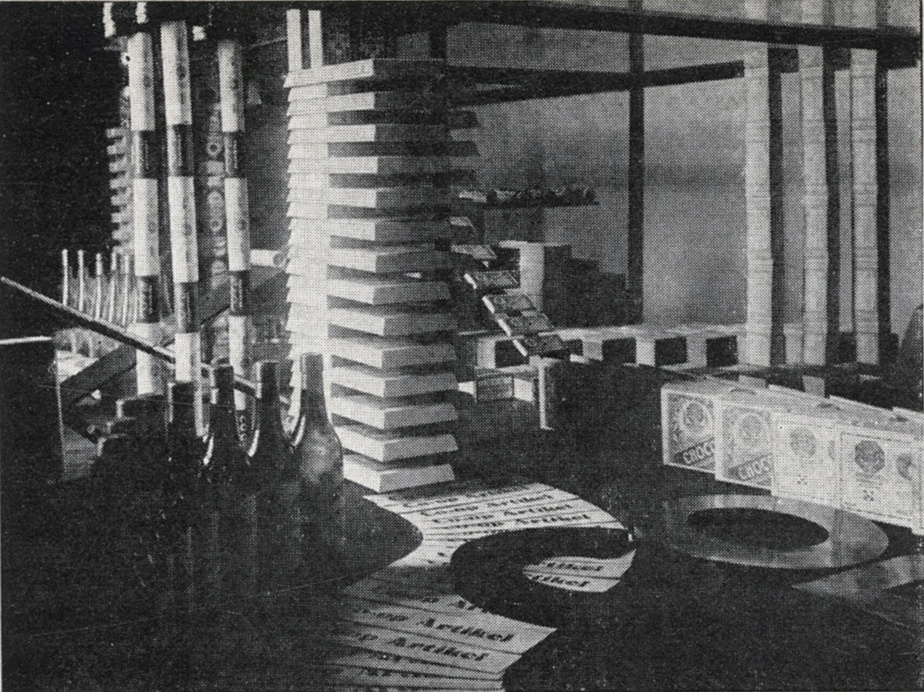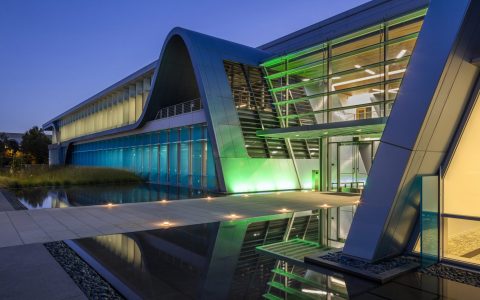Hannes Meyer (1889-1954) was a Swiss architect, urban planner, and Marxist architectural theorist, best known for his radical functionalist approach and his tenure as the second director of the Bauhaus Dessau from 1928 to 1930.
Bauhaus Directorship and Philosophy
Succeeding Walter Gropius, Meyer significantly shifted the Bauhaus's focus towards a more scientific, socially responsible, and production-oriented design philosophy. He famously proclaimed, "Volksbedarf statt Luxusbedarf" (the people's needs instead of luxury needs), emphasizing mass-producible, affordable designs for the working class. His directorship prioritized practical function, economic construction, and the collective over individual artistic expression. Meyer believed that building was a technical, not an aesthetic, process, and that design should be determined by life's processes and functions.
His core principles included:

- Functionality: Design must serve its purpose efficiently and directly.
- Collectivism: Emphasis on teamwork and anonymous design serving the community.
- Standardization: Advocating for standardized components and mass production to lower costs.
- Scientific Approach: Incorporating research and objective analysis into the design process.
Key Contributions and Projects
Under Meyer's leadership, the architecture department at the Bauhaus was significantly expanded and systematized. He introduced subjects like building theory and emphasized collaborative work on real-world projects. One of the most significant projects realized during his directorship was the ADGB Trade Union School in Bernau (1928-1930), a collaborative project with Bauhaus students that exemplified his functionalist and collectivist ideals. Other notable involvements include designs for the Dessau-Törten housing estate, focusing on rational and economical housing solutions.
Meyer's curriculum aimed to produce designers who were technically proficient and socially aware, capable of addressing the pressing housing and urban planning challenges of the era.
Later Career and Legacy
Meyer's increasingly overt communist sympathies and the politicization of the Bauhaus under his leadership led to his dismissal in 1930. He subsequently moved to the Soviet Union, where he worked on urban planning and architectural projects until 1936. Later, from 1939 to 1949, he lived and worked in Mexico, primarily in urban planning and teaching, before returning to Switzerland.
Hannes Meyer remains a controversial yet highly influential figure in modern architecture. His uncompromising commitment to social functionalism and his critique of formalism provided a radical alternative to other modernist streams. While his tenure at the Bauhaus was brief, his impact in pushing for a more socially engaged and technically grounded approach to design continues to be studied and debated.







